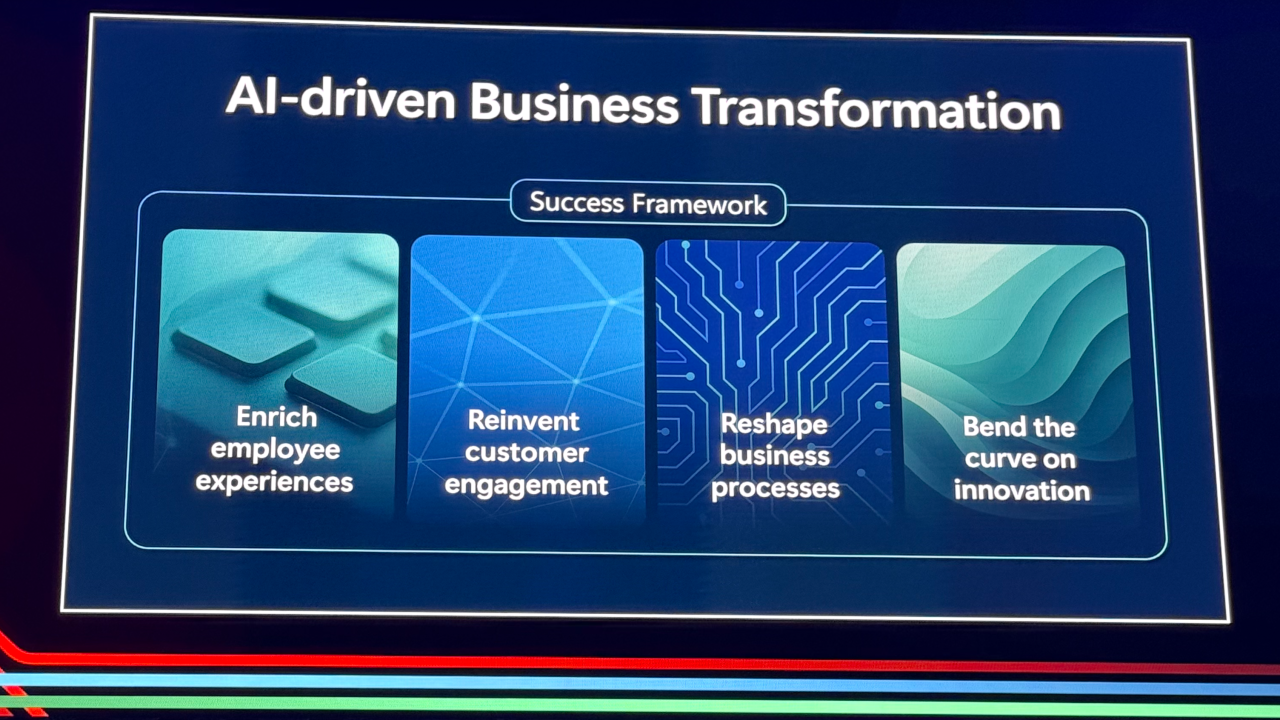Artificial Intelligence is no longer a “future technology”, it’s already embedded in the tools we use every day. The real question isn’t whether organisations will adopt AI, but how effectively. From what I’ve seen across our own journey at IT Partners and through client conversations, adoption often stalls not because of the technology itself, but because of people, process, and leadership.
I write this not from a place of having all the answers, but from our own ongoing experience; we’re actively working through many of these considerations ourselves.
Common Challenges Leaders Face
- Change Management: AI adoption isn’t just about tools; it’s a cultural shift. It sparks both curiosity and concern, with employees asking: Will this help me, or replace me? Leaders must frame AI as an enabler, not a threat, while also building literacy across the workforce so people understand both the benefits and the risks. Training should be continuous and embedded in daily workflows, with leaders learning alongside their teams. Done well, this builds a culture where people feel confident, capable, and responsible in how they use AI.
- Finding Your Super Users: In every organisation, there are people with a natural curiosity and flair for experimenting, those who instinctively see possibilities others might miss. I don’t have a perfect label for this yet, but some people simply have a mind that clicks with AI. They don’t just “use” AI; they stretch it, challenge it, and find new applications. Identifying and nurturing these super users is crucial. They become champions who inspire confidence across the wider team.
- The “Too Busy” Barrier: We all carry heavy workloads, and “I don’t have time” is the most common barrier to learning. But AI doesn’t require hours each week. Leaders who deliberately time-box even 30 minutes of experimentation into their own development see outsized returns. Small, consistent practice compounds.
- Getting the Basics Right: Before scaling AI, the foundation must be in place: Clear policy, practical guardrails, and training in core skills like prompting. Without this, organisations either move too cautiously or too recklessly – both of which carry risk and limit impact.
How We’re Applying AI at IT Partners
At IT Partners, we’ve taken the view that credibility in AI doesn’t come from talking about it, but from using it meaningfully in our own business. A few practical examples from the last month stand out:
- Ticket Classification Review: Misclassified support tickets create unnecessary overhead for our account team during month-end processes. We built an AI agent that flags misclassifications, suggests the correct classification, and explains why. This not only saves time but also creates learning opportunities for the team, turning errors into ongoing coaching moments.
- Profitability Insights with Context: Gross profitability analysis from one quarter to another used to be a time-consuming exercise. We now use AI to structure comparisons between months, giving us faster and clearer insights. Our next step is even more powerful: diagnosing why a change has been observed and highlighting where adjustments can drive continuous improvement and service excellence.
- Triage of Client Outreach: Our shared mailbox (hello@itpartners.co.nz) receives a wide variety of enquiries – some general, some technical. AI now helps us instantly triage inbound messages, ensuring any client technical requests are automatically identified and routed straight to our support team. This reduces lag, improves responsiveness, and ensures clients get help where it matters most.
Kudos to Kim Lander, Baylie Gard and Nigel Pemberton – some of our emerging super users leading the way with these scenarios.
These aren’t “nice to have” experiments, they’re examples of how AI can deliver tangible, measurable impact when applied deliberately.
Action for Leaders
AI adoption isn’t about chasing hype. It’s about equipping people, creating space for learning, and embedding tools where they solve real problems. The leaders who lean in now (who normalise experimentation, set clear direction, and invest in their own foundational skills) will position their organisations not just to keep pace, but to lead.
At IT Partners, our commitment is to not only guide clients through that journey but to model it ourselves. My advice to fellow leaders is simple: start small, be deliberate, and give your people permission to explore. The results may surprise you.

